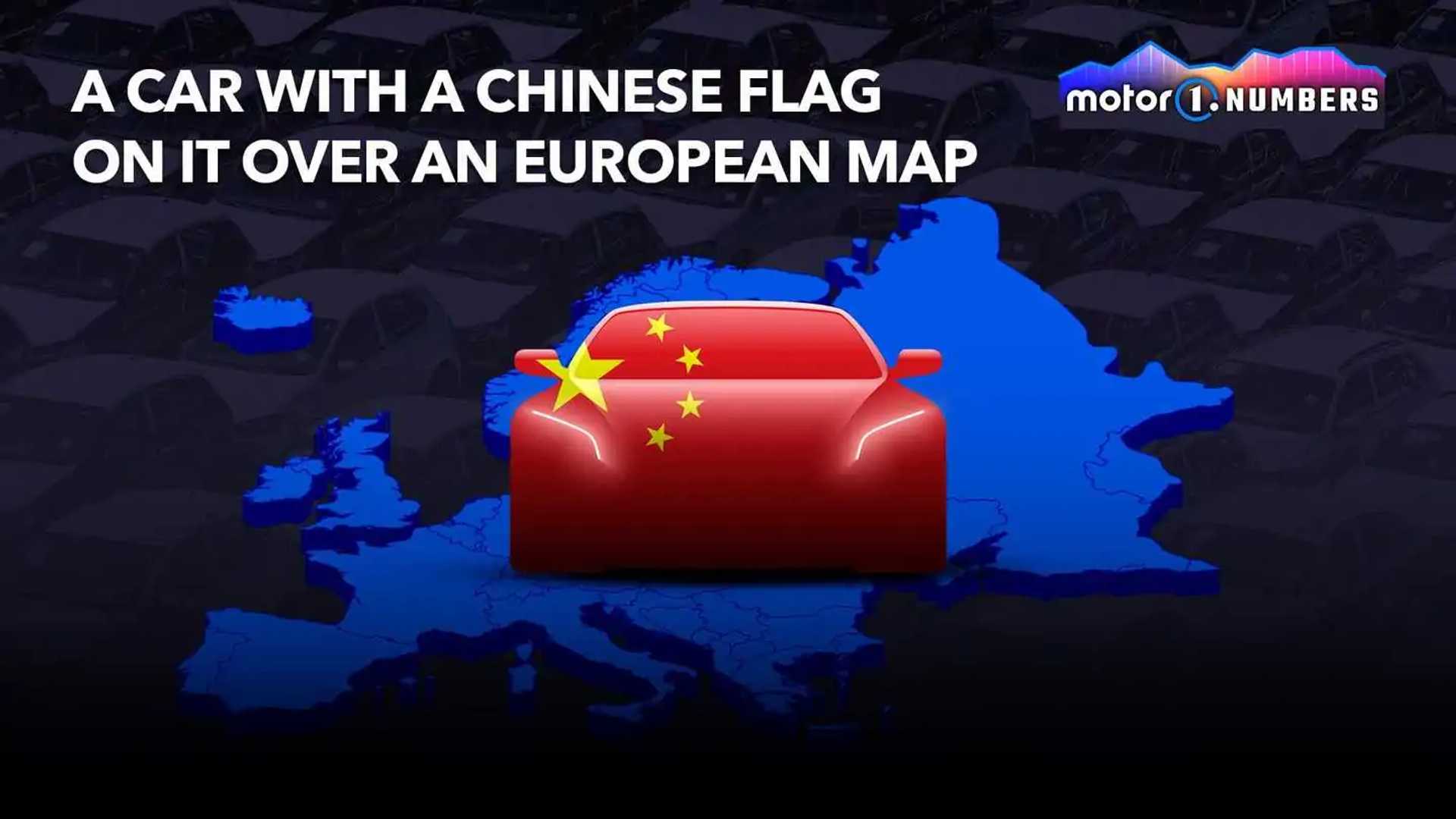
It is shocking but not surprising. The second most popular origin for pure electric cars registered last year in Europe was China. These cars made up almost 15% of BEV (Battery Electric Vehicles) registrations in 2021, or the second highest share only behind Germany. The Chinese origin was ahead of other European nations such as France, where the production of BEVs is being strongly boosted.
In total, from the 1.2 million electric passenger cars that were registered in Europe last year, more than 175,700 units were made in China. This does not mean that all of those cars had a Chinese badge on them. In fact, they only counted for 15% of those units, as the majority of these made-in-China cars were produced by Western OEMs. They include Tesla, Dacia, Polestar and BMW.

The sales growth of these vehicles is spectacular. In 2019, only MG (owned by Chinese SAIC) sold electric cars made in China. In that year, the brand registered 1,738 units. One year later, during the worst of the pandemic, MG increased its volume to almost 13,000 cars, and was followed by the introduction of Polestar in Europe with 9,755 units, the Dacia Spring and other minor Chinese brands. In total, the Chinese made cars registered 25,507 electric cars that year.
In only three years, the market share of these cars in the BEV market jumped from a marginal 0.5% to 14.7%. In the meantime, the German-made BEVs made up 17.3% of this market in 2019, jumping to 19.7% last year. Others like France reduced their share from 21.4% in 2020 to 11.4% in 2021.

More capacity and very few differences
The main reason for this exponential growth is China's massive capacity and the decreasing differences in terms of quality and product between China and the developed economies. Almost all the European, North American, Japanese, and Korean carmakers are present in China with big plants.
Although the production is mostly used to supply the local demand, the capacity is so big that they can also export to other markets.
That’s the case of Tesla, which recently started production at its factory in Berlin, so the demand is being supplied by its factories in USA and China. Last year, 52% of Tesla’s registrations in Europe corresponded to cars made in China. Actually, the American maker was the largest importer of Chinese electric cars last year, ahead of Dacia, MG and Polestar.

Another factor that is positively contributing to the adoption of more electric made-in-China cars is build quality. Under the current quality standards, it is quite difficult to tell where a car is produced.
Globalisation has forced many OEMs to create global products and produce/export them all over. For instance, a Polestar 2, which is made in Luqiao, Zhejiang, at Luqiao CMA Super Factory, features the same build quality of a Belgian or Swedish Volvo.
A preview of what to expect
This is just the beginning of a Chinese BEV wave. Unlike the internal combustion engine car market, the Chinese are better positioned than the West when it is about electric cars. They have bigger capacity and more support from the central government.
This is why China is not only the world’s largest EV market by volume but is due to become the largest EV exporter soon.
Other brands from the Volkswagen group, Mercedes-Benz or some Japanese makers are expected to start selling their Chinese-made electric cars abroad, and Europe should be ready. Especially its factories and work force.
The author of the article, Felipe Munoz, is an Automotive Industry Specialist at JATO Dynamics.







